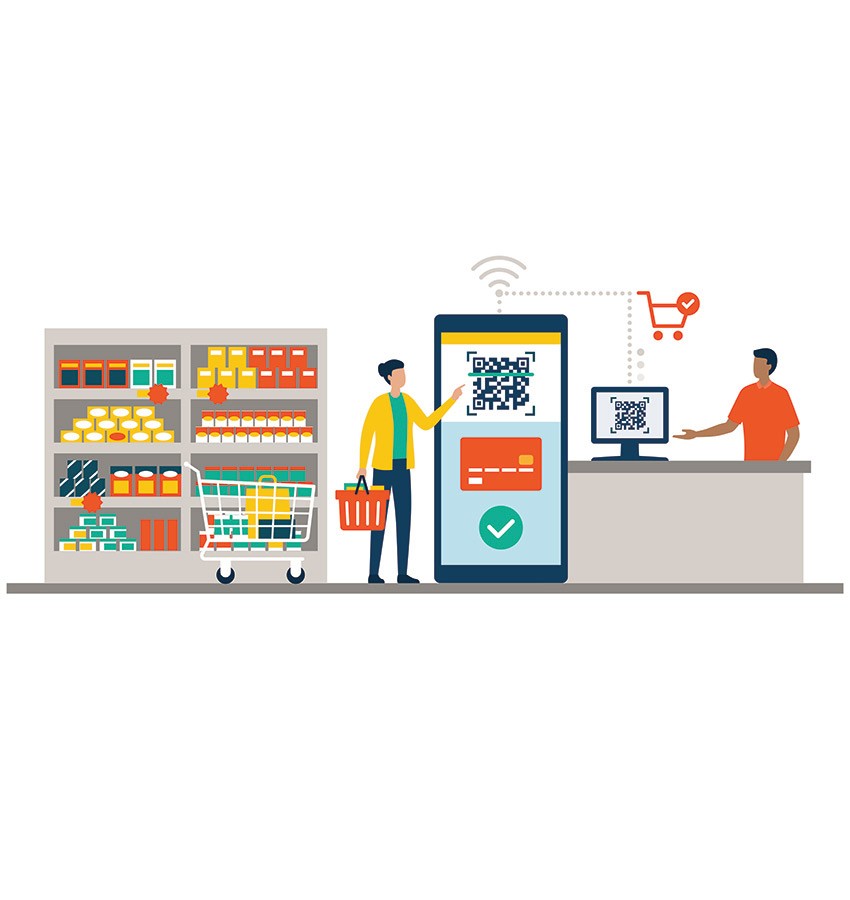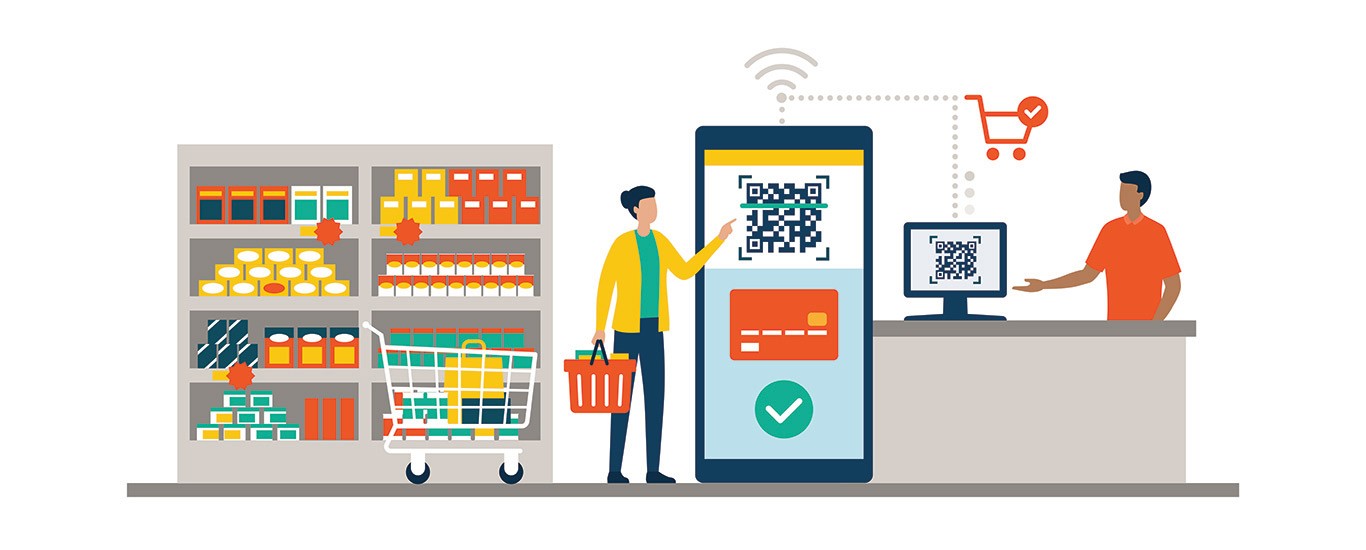
Introduction: Contactless shopping collectively means reducing contact between people during the buying journey. Including all stages of awareness (identifying one’s need for a product), consideration (comparing between products), and purchase (the sales transaction). Contactless Shopping Fostered Through Modern Technology and Remote purchasing has been around for a long time. With sellers sending prospective buyers information about available products through mailed catalogs and TV commercials. Buyers could write in with a check or order goods with credit cards over the phone. The eCommerce avatar of remote buying has elevated this shopping style to another level, with several payment options, access to other users’ reviews, and endless selections.
Since the advent of online shipping, retailers and brands have used technology to try and solve the problems of shopping online, such as fulfillment speed, ways to replicate the product trial experience, and supply chain challenges, especially for perishables. The 2020 Pandemic upgraded these challenges to top priority as sellers scrambled to find ways to retain customers.
In this particular article, we examine some of these ways which we believe have the greatest potential to remain relevant in the post-Pandemic world because of the value they create:
1. Hybrid business models:
The 2020 Pandemic and resulting Social Distancing rules led many retailers to bring back the “curbside” pick-up. The basic idea is that customers wait in their cars outside the store while their orders are fulfilled. While variants of this concept date back to 1950s “drive-in” restaurants, in the latest avatar smart supply chains create greater flexibility for both sellers and buyers. Buyers can pre-select and pre-order goods from an online website and pick them up in a very short time (sometimes less than an hour) from a nearby “pick-up center”- the local mall, a warehouse, or even a third-party location like the neighborhood kiosk.
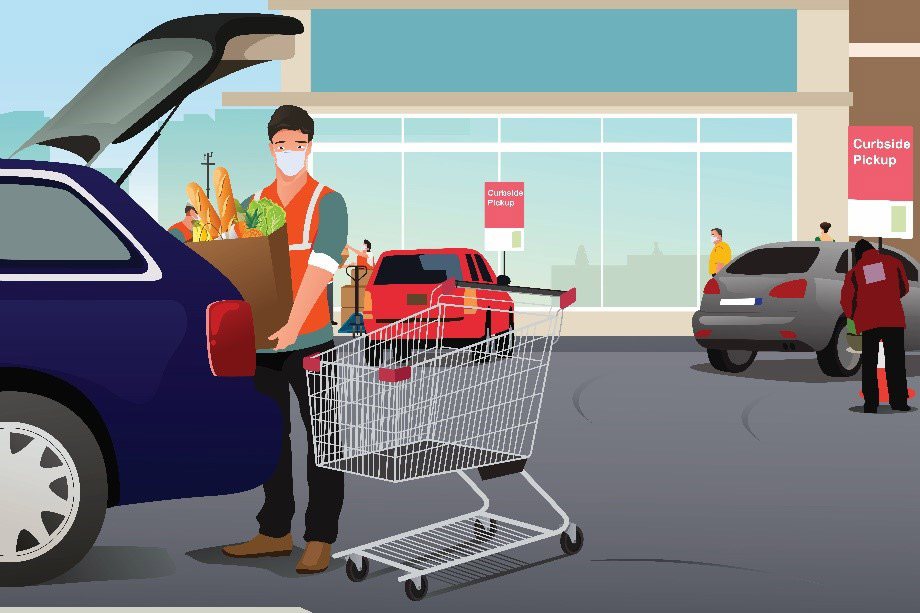
Figure 2: Hybrid online/offline shopping business models are good for the customer and good for the seller, overcoming some of the shortcomings of traditional online retail and adhering to social distancing requirements while reducing inventory management costs for the seller. In one example, as shown here, the customer places an online order and drives to the local store where their order is fulfilled by a store employee who selects the articles and places them in the car.
The beauty of the concept is its accessibility to even the smallest stores on Shopify. In addition, it offers several advantages over traditional online retail, such as:
a) Fast fulfillment- The model combines the best of remote and in-person shopping, offering speed and convenience of fulfillment at the buyer’s convenience while avoiding the lines and health risks.
b) Reduced shipping and returns costs- In some cases, brands allow customers to “reject” some items during pick-up for any reason, avoiding the cost of returns for shipping damage and leveraging economy of scale.
We see hybrid models creating significant changes in supply chain models going forward, from front-end curbside enablement software like Zapiet to backend sophistication involving IoT, autonomous vehicles, and AI, among other enabling technologies, creating new jobs and a new, more sustainable supply chain.
2. Augmented Shopping:
Product visualization has been a top priority for online retailers since the first days of eCommerce in the 1990s. The use of photos and later videos of increasing clarity and standardization in the exploding global eCommerce industry gave birth to several new photo editing specialists and technology developers to streamline the product visual marketing material production and distribution.
Next-generation visualization technologies like Augmented and Virtual Reality have had a few false starts, from early versions of virtual trial rooms inside shopping malls to dependence on headsets that themselves haven’t become as ubiquitous as their developers expected.
We feel the timing is finally right for Augmented Shopping to become an important enabler of contactless shopping. Many things are happening simultaneously, including:
a) Customers’ willingness to explore online channels for expensive products like art, jewelry, cars, etc., or B2B product/service lines. Sellers have begun using Mixed Reality to increase transparency and help visualize abstract concepts through high-quality 360-degree photos, realistic interactive 3D models, and virtual animations.
b) The next generation of 5G-powered data networks is being rolled out. This game-changing technology is expected to power data-heavy, real-time transmissions without flaw or delay. Further reducing barriers to contactless shopping becoming mainstream.
c) In-store vs. remote augmented shopping- AR/VR is no longer a “one-size-fits-all” technology. Technologies and set-ups using immersive experiences can be used at various stages of the contactless customer journey. For instance, technologies like WebAR bring augmentation to a personal level via social media. Allowing individuals to consume some marketing content or do virtual trials on their own.
On the other hand, sophisticated in-store Augmented Shopping applications, including in-store navigation, and on-shelf product/price discovery. Virtual encounters can create stickiness and positive buying decisions in other ways.

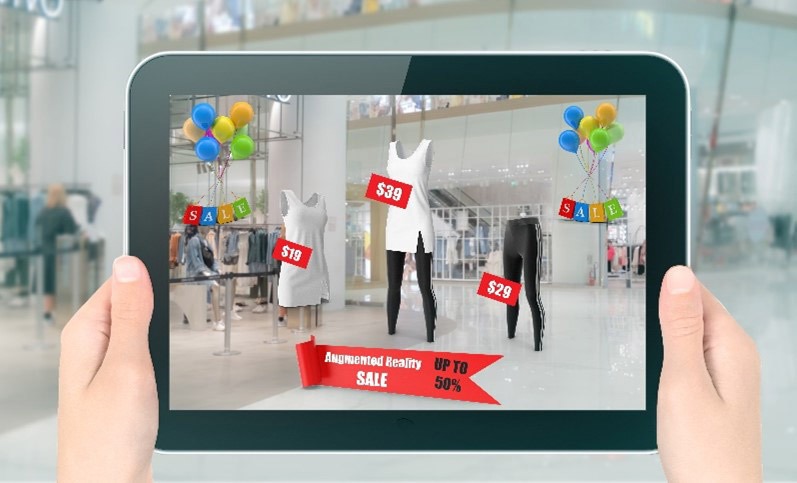
Figure 3: Different applications for Mixed Reality for remote and in-store shopping. Both address a different aspect of the buying journey, but both further the contactless shopping behavior, which is likely to be a long-lived buying habit
3) Contactless Payments:
Payment transaction flexibility is crucial in the contactless shopping journey. For over fifty years, the Credit Card has been the standard for cashless payment. There are, however, now several other ways of making cashless, and more importantly, contactless payments:
a) NFC-based devices: NFC, or “Near Field Communication,” is a technology that allows smartphones to act as digital “wallets” at check-out counters with specially equipped PoS (Point of sale) machines. These are starting to become more widespread to the point of becoming ubiquitous. Major players like Apple and Samsung are betting big on NFC-based digital wallets to extend the usefulness of their devices in the digital payments industry.
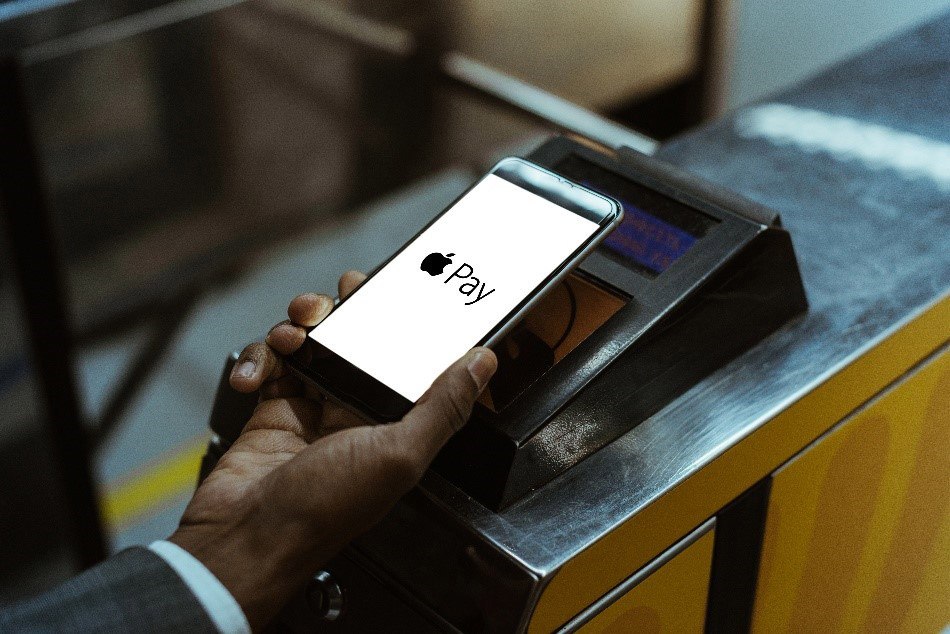
Figure 4: Apple Pay lets users make payments with digital “money” stored in their iPhones instead of physical bills stored in their wallets.
b) Online digital wallets: Online digital wallets like Paypal can be “loaded” with funds directly from bank accounts, linked with credit cards, or can even be loaded with crypto-currency. They allow a global payment option that can be very useful to buy remotely or in person and even in multiple currencies.
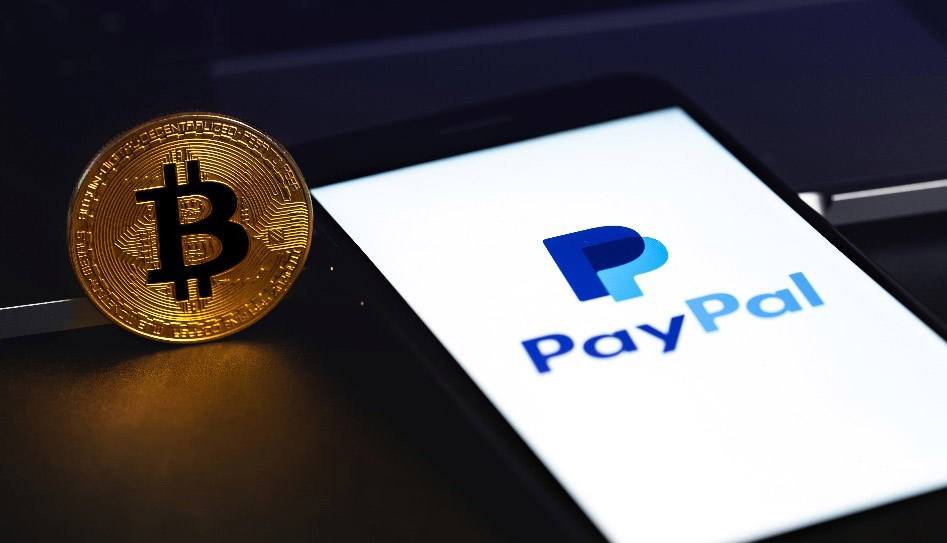
Figure 5: PayPal was the first major web-based wallet and remains a major player today. The flexibility of web-based wallets makes them interesting alternatives to device-based systems like Apple Pay or Samsung Pay.
c) Instant Payment Systems: Instant payment systems, like India’s UPI and Brazil’s PIX, represent an evolution of tech-driven payments. Many of these systems are originating outside the US and EU, representing fresh approaches to digital payment transactions in P-2-P (peer-to-peer) and P-2-M (person to merchant) scenarios. One could be witnessing the birth of
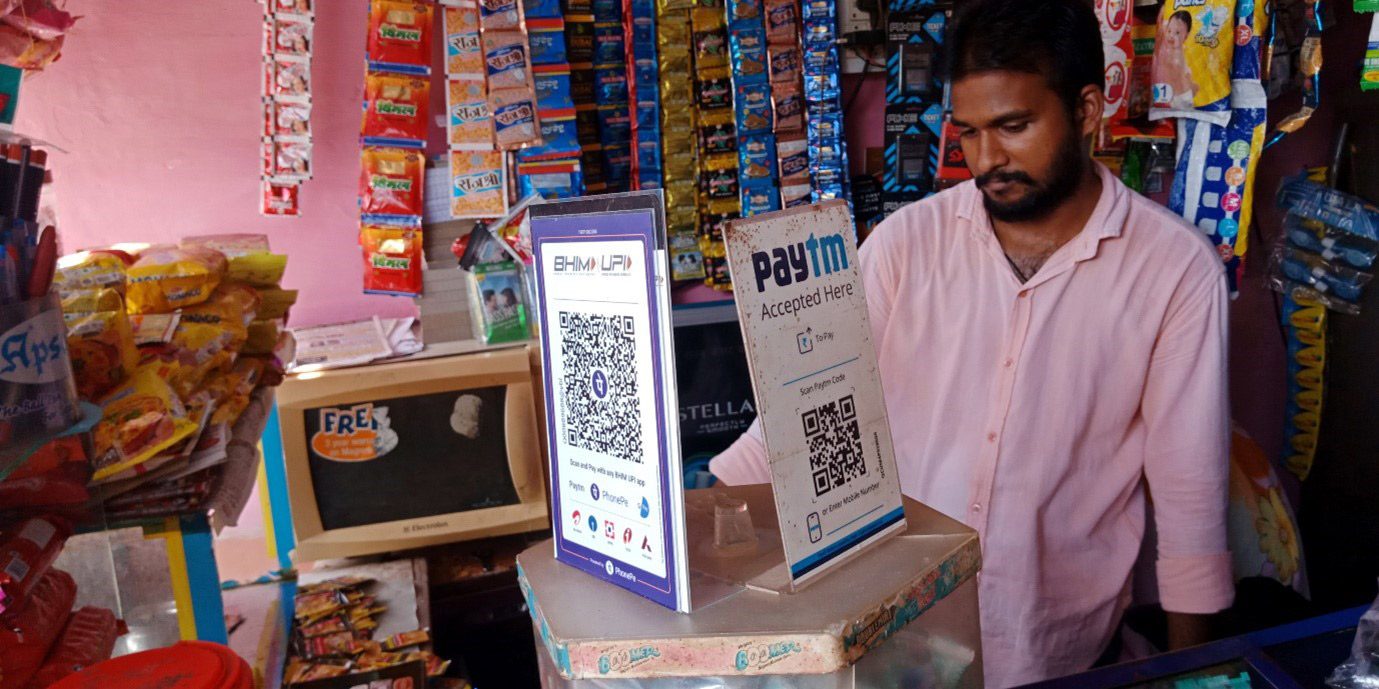
Figure 6: India’s UPI system is a simple to use, a powerful payment system that allows users to make account-to-account money transfers using QR codes or phone numbers as ‘addresses’. Locally developed, robust payment systems are innovatively solving payment digitization problems all over the world.
d) Mobile Money wallets: We think it’s worthwhile mentioning the role of phone service (or “Telcos”) companies in the payment transformation as a separate category. Considering their enormous popularity and transformative influence on large parts of the global population. In developing countries across Africa, South America, and Asia, smartphone and mobile internet penetration are relatively low. But almost everyone has feature phones. Cell phone service companies have therefore created digital wallets for their subscribers. These wallets are operated with simple text messages, are simple to operate. Those are widely used to transfer money, make and accept payments, and maintain financial records. These so-called “mobile financial services” or MFS, are now major areas of growth for Telcos across the world and will likely power any contactless shopping revolution that happens in these parts of the world.
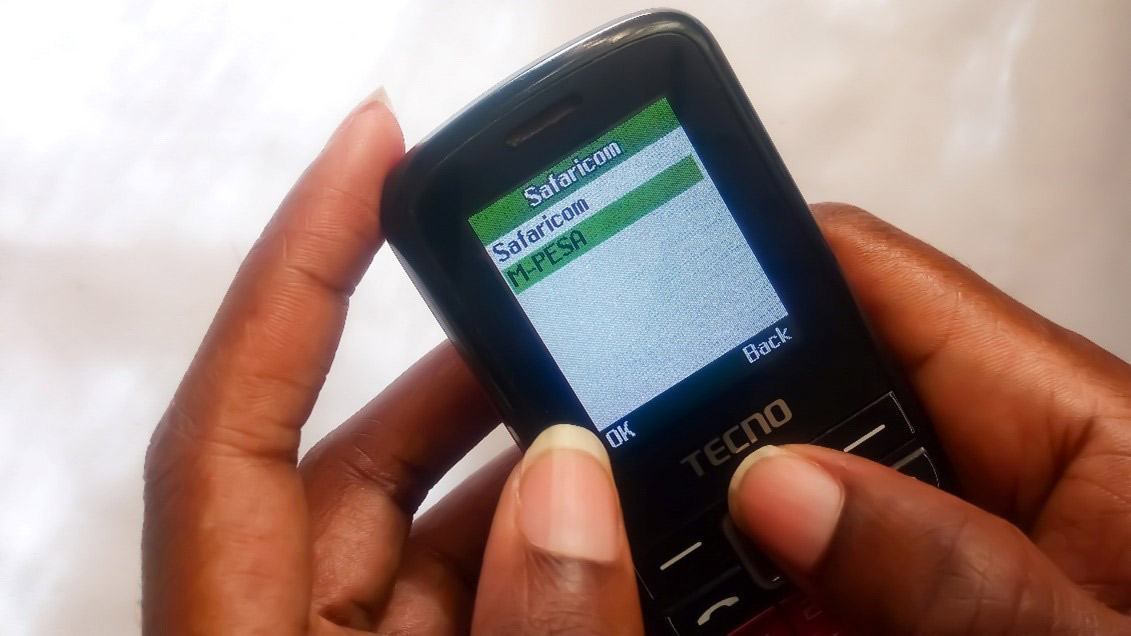
Figure 7: So-called “Mobile Money” applications, like this “M-Pesa” application, allow users to transfer funds electronically with simple feature phones. These applications have revolutionized contactless shopping in many parts of the world, including Africa, Latin America, and Asia.
Conclusion
Contactless shopping is about a change in the mindset of the buyer. Internet-based shopping is just one manifestation of the contactless shopping experience. Others include hybrid models, payments activated by QR codes, NFC, and even Bluetooth. This latest evolution in shopping represents the growing confluence of digitization. The audio-visual media, global access to goods and services, and remote operation to which we have all become so used.
In the modern era, it is important to have a well-thought-out plan to implement one or more business models that include contactless shopping. At Manipal Digital Systems, we help brands and retailers use visual media like photos, video, animations. Mixed reality, etc., along with physical media like packaging and proprietary software solutions. Creating omnichannel shopping experiences that are superb shopping experiences and stickiness to create long-term value. Contact us today for a free consultation!
